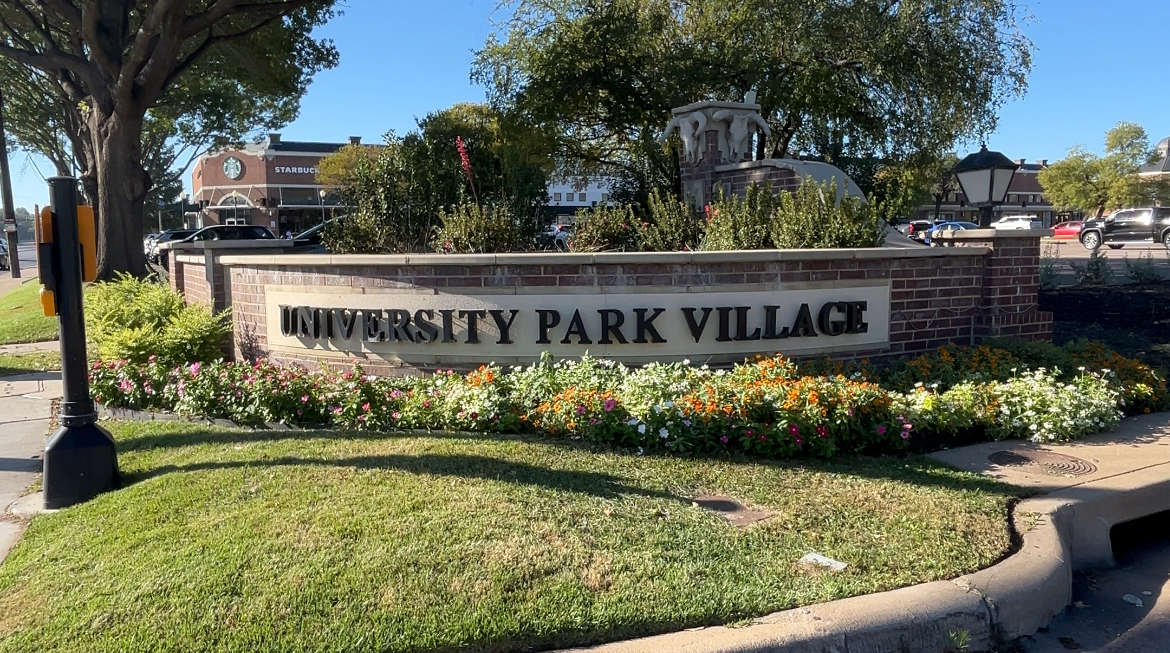Feral cats and stray dogs roam the streets of Fort Worth and the 109 in search of survival, while Fort Worth officials and volunteers search for humane solutions they hope will re-educate current and future pet owners.
The Society for the Prevention of Cruelty to Animals of Texas estimated, in a 2012 annual report, that there were 10,000 spay/neuter procedures, almost 9,000 admitted animals and 6,000 adoptions in Texas Just 768 of those animals were reported rescued.
Michael Camp, code compliance superintendent of animal control, is responsible for the Fort Worth Animal Care and Control division that includes more than 80 employees who work to provide a safe environment for the citizens of Fort Worth and provide solace to the animals who prowl it.
“People have this image that, if they let a dog go, he is going to end up on a ranch somewhere frolicking through the flowers,” he said. “This is not true. Stray dogs forage for food, and they transmit diseases.”
While stray dogs rummage for food, they often become aggressive, Camp said.
“We work about 140 bites per month,” he said. “And, probably, 60 percent of those are from stray dogs.”
Camp said feral cats present a different problem to property owners when they spray to mark their territory, make litter boxes out of flower beds, scratch cars they walk on and disturb the neighborhood with their noisy fights and loud screeches.
“Now, if you talk to a wildlife biologist, they will tell you that feral cats are not native to the ecosystem,” he said. “A feral cat is probably the most efficient hunter of any animal in the wild. They don’t hunt just because they are hungry. They are territorial.”
Madelyn Gibbs, acting manager of the Fort Worth Neighborhood Education Office, has had personal experience with the danger of animals left to fend for their own in the community.
“I think this is an ongoing program that needs constant attention,” she said.
Gibbs said she and her dog were attacked three years ago by a loose dog that was later deemed aggressive and neutered by Animal Control. Gibbs’ dog suffered severe injuries but did recover.
“We were very lucky,” she said. “Our citizens should be able to feel safe to walk their dogs on a leash anywhere in this city.”
Camp said people should stay away from animals they don’t know.
“There are a lot of dogs that are nice and friendly, and people catch them and bring them to us,” he said. “But not all of them are going to be that way.”
In past years, rabies has not been an issue for humans because the law requires dogs to be vaccinated against the disease, Camp said.
“It has been a problem to try to keep the disease down with the increase of feral cats and stray dogs, because they don’t get the vaccination,” he said. “The way to keep the stray [population] down is not to catch them. The way to get them at the source is to spay and neuter them.”
Code Compliance Director Brandon Bennett said free-roaming animals are a public health concern for the city, but most of the complaints he receives are about their overall nuisance.
“Not only do you have transmission issues from animal to animal,” he said. “But if there is human or domestic animal contact, there is a chance of rabies. There is no cure for rabies.”
Old buildings, drainage pipes and structures with open foundations are a factor in the feral population comparison with other cities similar in size to Fort Worth, Bennett said.
“For a city that has a large inner-city, we are average. However, there are parts of town where we will see seasonal increases,” he said. “Cats tend to produce more litters in the spring and now that it is springtime, we will see more cats come into the shelter.”
Camp said in one night, a male dog can impregnate two or three females who can have a litter of up to six to eight puppies each.
”How do you teach people who make decisions every pay period whether they are going to eat, buy medicine or spay or neuter their dog,” he said. “A responsible pet owner knows where their dog or cat is, and they keep control of it. It’s something that most people never think about, and then their dog gets loose. What they don’t realize, is that they probably just created up to eight to 16 more dogs.”
Camp said the city has ongoing animal sterilization efforts that have been actively promoted for 10 years, which has led to a law requiring pet owners to be responsible for their animals.
“If your dog is loose, and we catch it, it must be spayed or neutered,” he said. “We spay or neuter everything that leaves the shelter. We are never going to catch our way out of stray dogs and feral cats.”
Camp said Animal Control works with private organizations to sponsor free or low-cost procedures and also has low-cost vaccinations at the shelter on Tuesday nights.
“There are a lot of low-cost vaccination clinics around the city, and a lot of veterinarians do it at food stores, pet stores and hardware stores,” he said. “It’s a concerted effort from everyone in the animal welfare field.”
Peggy Brown, outreach coordinator for the Humane Society of North Texas, said while the Society does take in strays, it does not rescue animals off the street.
“The responsible people bring them to us, the less responsible may find it easier to just turn them loose,” she said. “If the animals aren’t being brought in, there are more on the streets.”
Brown said the Humane Society of North Texas has taken in more than 100 animals each day during the last two years. These animals include pets whose owners cannot afford their care, newborn puppies and kittens and aggressive animals. The ability to save them relies on volunteers, she said.
“Besides our four adoption centers, we do about 100 off-site adoption events a year and work with over 300 other agencies to help place pets we cannot,” she said. “Every pet that is adopted from the Humane Society of North Texas is spayed or neutered, so we won’t send one out and get ten back.”
Brown said there are two ways a shelter can become a “no kill” facility — either the shelter will only accept the most highly adoptable pets and turn away the rest, or the community will choose to “step up” and take responsibility for the animals in their care, so fewer animals will require the shelter’s resources.
“Services are available, and people are becoming more aware, but there are still too many irresponsible owners throwing away pets [and} allowing them to breed irresponsibly,” she said. “Think of pets as lifetime companions, not just another toy for the kids until they tire of it.”
Camp said the Trap, Neuter and Return program has been a successful solution for the feral cat issue, but it requires an “active buy-in” from the city.
“This city would have to allow free-roaming cats,” he said. “And a lot of citizens don’t like the idea of free-roaming cats.”
Because feral cats cannot be adopted, the only remaining option is euthanasia, Camp said.
“There is just no way to solve the feral cat problem by euthanizing,” he said. “Instead, participants in the [Trap, Neuter and Return] program trap these feral cats, bring them to us so we can spay or neuter them and give them a rabies shot and then return [the cat] to where it was.”
Bennett said the solution is not simply a matter of animal education.
“You have to manage the wildlife,” he said. “Writing tickets isn’t going to get us where we need to be. There are entire neighborhoods in Fort Worth where the only way to spread the message is to go out and, personally, stand on somebody’s doorstep. There are other areas of the city where it will be the next generation before the information sets in.”
The desire to rescue strays often leads to too many animals in the wrong homes, Camp said.
“The dogs that are nice and fluffy and can go to a loving home, once it has been established that it is a loving home, should have that opportunity,” he said. “But the other ones don’t deserve to fight for food and, ultimately, starve to death. They deserve a humane death.”
Brown said the Humane Society will refuse no animal in need, and euthanasia is more humane than leaving animals on the streets.
“Stray animals often starve, are run over by cars, [or] are killed by other animals and, some, by disturbed humans,” she said. “We will take them, no matter how full we are.”
Camp said not every animal can be adopted or saved, but the solution for a better future, where euthanasia is not an option, starts with responsible pet ownership.
“The humane solution requires us to pay attention to where the animals are going,” he said. “There is a saying in this field – there are fates worse than death.”
The animal shelter closest to the 109 is the Humane Society of North Texas Southwest Adoption Center at 6708 S. Hulen.



